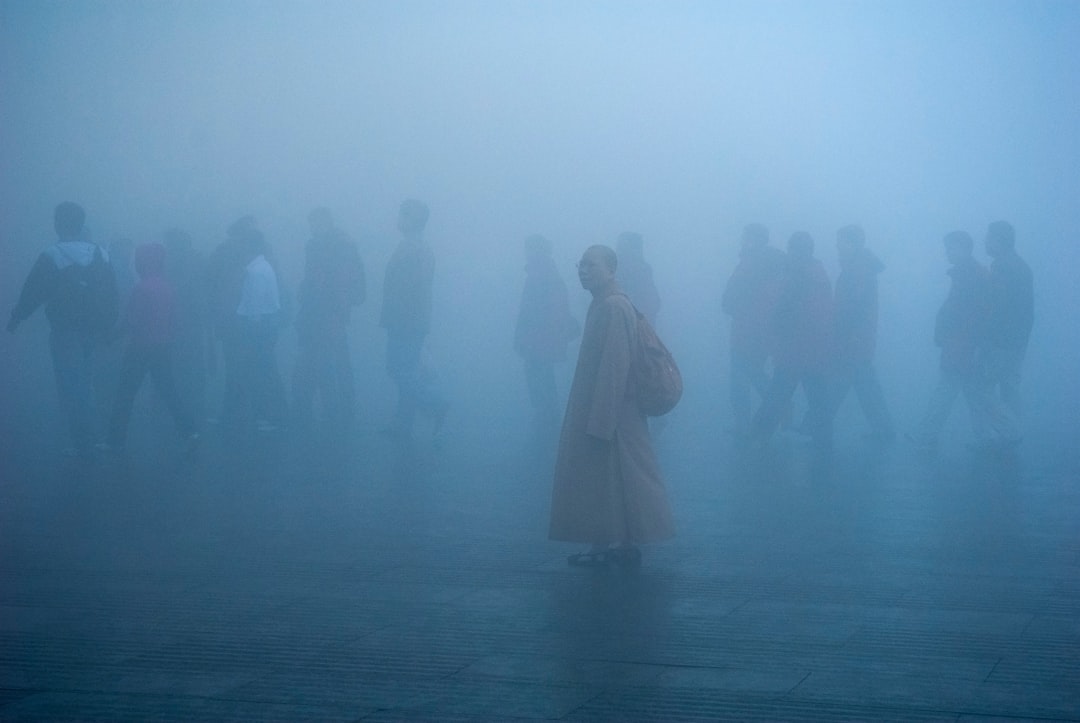What is it about?
The research combined three metrics into a single greenness score (1. tree cover; 2. Ordnance Survey's open greenspace product; 3. measure of vegetation cover using normalised difference vegetation index (NDVI) from satellite data). Of the 68 urban centres in Great Britain, we found that Exeter’s urban centre ranked highest, followed by Islington in London, Bristol, Bournemouth and Cambridge. Glasgow’s urban centre was the least green, with Middlesbrough, Sheffield, Liverpool and Leeds also in the lowest five.
Featured Image

Photo by Benjamin Elliott on Unsplash
Why is it important?
Green space is important for biodiversity as well as for human wellbeing. Green space can also reduce surface temperatures, which is of particular importance in urban centres. Whilst some of Great Britain’s city centres are filled with trees and parks, others have little vegetation to break up the bricks, tarmac and concrete. We wanted to understand the spatial pattern of, and factors influencing, the greenness of our town and city centres. Research exploring green areas has often focused on the places around people’s homes. Prior to our research, no studies had focused specifically on urban centres, where people of diverse backgrounds may spend much time on activities such as work, recreation, and shopping. We hypothesised that larger centres might face increased development pressures and therefore have less green in their urban cores. Additionally, we wanted to explore the level of greenness of cities and if levels of deprivation influenced its greenness.
Perspectives
Identifying a relationship between deprivation and the level of greenspace within the urban/city centre was interesting but the geographic footprint of this - with a north-south divide is really important given the levelling-up agenda of the current UK Government. The identification of the urban centre boundary was critical to enable comparisons. We therefore used the Retail Centre Typology (2018) from the Consumer Data Research Centre. It should be stressed that findings were for urban centres (equivalent to the Central Business District) only and not the whole city.
Dr Paul Brindley
University of Sheffield
Read the Original
This page is a summary of: Urban centre green metrics in Great Britain: A geospatial and socioecological study, PLoS ONE, November 2022, PLOS,
DOI: 10.1371/journal.pone.0276962.
You can read the full text:
Resources
Contributors
The following have contributed to this page










